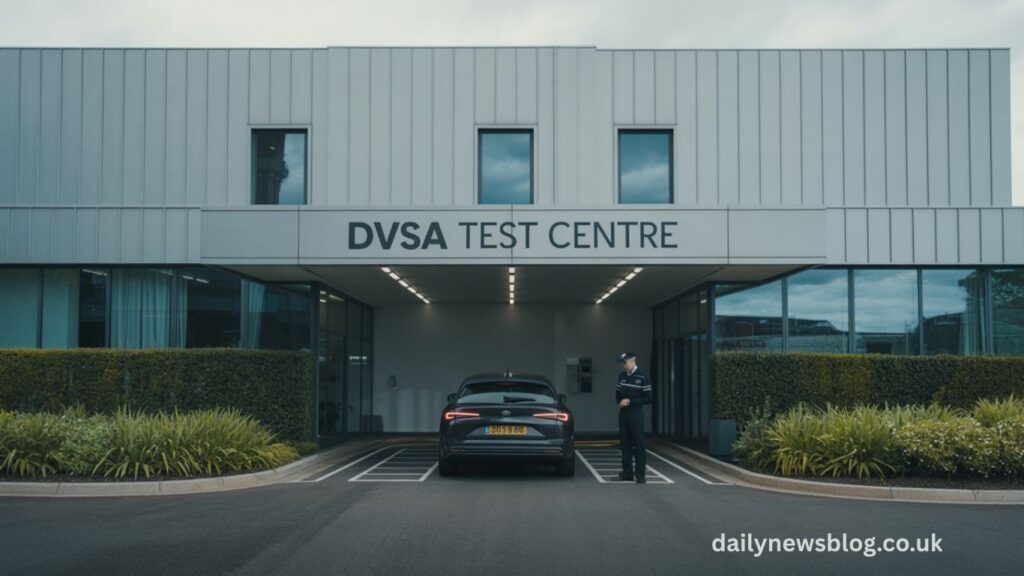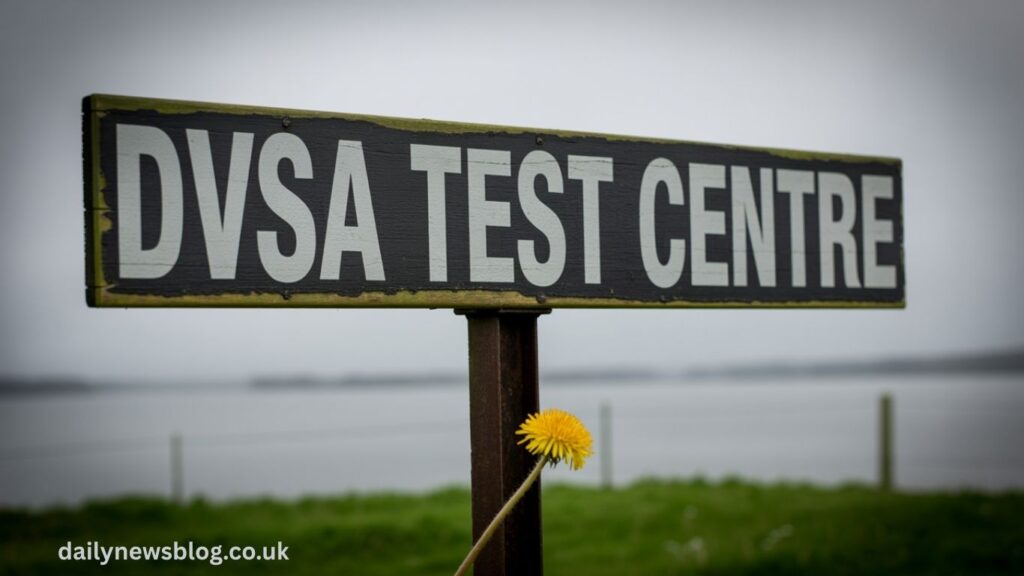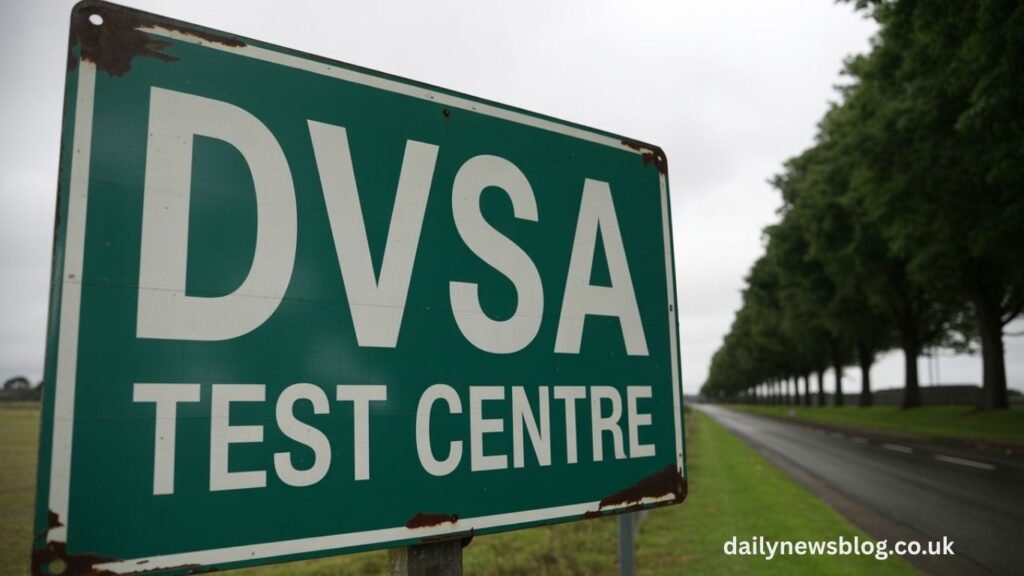🚗 DVSA Test Centre Hacks Every Learner Driver Should Know

Navigating the world of driving tests in the UK can feel overwhelming, but it doesn’t have to be. Understanding how the DVSA test centre system works can give learner drivers a much-needed confidence boost. These centres are the heart of the UK’s driving examination system, designed to assess whether you’re truly ready to take to the roads solo.
In this guide, we’ll cover everything from booking your test to passing it with confidence. Whether you’re tackling your theory or preparing for your practical test, these tips and FAQs will help you approach your DVSA test centre experience with clarity and control.
What Is a DVSA Test Centre?

A DVSA test centre is where the UK’s official driving tests — both theory and practical — take place under the governance of the Driver and Vehicle Standards Agency. These centres exist across the UK, with some focusing solely on theory exams and others on practical driving assessments. A select few offer both.
They are purpose-built to create standardized testing environments that simulate real-world road conditions. This allows examiners to fairly evaluate whether a candidate is truly ready to hold a full driving licence.
The examiners at these centres are trained to assess not only technical skill but also judgment, awareness, and attitude. They use a structured marking system that ensures consistency no matter which centre you attend.
How to Find a DVSA Test Centre Near You
To locate the nearest DVSA test centre, you can visit the GOV.UK website and use the official test centre locator tool. Simply enter your postcode, and you’ll receive a list of available centres, their test types, and essential details such as addresses, facilities, and parking information.
When evaluating your options, consider looking beyond just distance. Some test centres may have notoriously difficult routes or traffic-heavy locations. Look into user reviews, pass rates, and road conditions in the area before making your final choice.
Also, think about the time of day you’ll be testing. Certain centres experience heavy congestion during morning or evening rush hours, which could make your test more challenging.
Booking Your Test at a DVSA Test Centre
Booking a test at your preferred DVSA test centre is simple but important. For the theory test, you can reserve a date online via the GOV.UK portal. All you need is your provisional licence number, an active email address, and a debit or credit card.
The process for the practical test is similar but may involve longer waiting times, especially in busy urban centres. Make sure to book several weeks in advance and keep checking for cancellations if your ideal slot is unavailable.
Once your test is booked, you’ll receive confirmation by email. Make sure to double-check your booking details and prepare all the required documents well in advance.
What to Expect on the Day of Your Test

Knowing what happens at a DVSA test centre on test day can reduce anxiety and increase your chances of success. Arrive early, dress comfortably, and bring all required documents — typically your provisional licence and confirmation email.
🧾 For Theory Tests:
You’ll be welcomed by staff and taken to a computer station. Expect a security check and a few minutes of test instructions before starting.
You will be tested on:
- 50 multiple-choice questions
- Hazard perception section with 14 video clips
💡 Is the theory test 30 minutes?
No — the theory test takes up to 57 minutes, including time to complete both sections and a short survey at the end.
🚗 For Practical Tests:
A trained examiner will introduce themselves and check your documents. The test lasts around 38–40 minutes, and includes:
- ‘Show me, tell me’ vehicle safety questions
- General driving
- One reversing manoeuvre
- Independent driving using a sat nav or traffic signs
You’ll return to the DVSA test centre where the examiner will go over your results and feedback.
DVSA Test Centre Driving Routes
Each DVSA test centre uses local roads that best challenge a driver’s ability to handle real-world scenarios. These routes are carefully chosen to include a variety of road types, speed limits, and potential hazards.
Although official routes aren’t published, local driving instructors often have detailed knowledge of common test paths. It’s wise to practice these roads beforehand, especially at the same time of day your test is scheduled.
These routes may include:
- Busy roundabouts
- Complex junctions
- Narrow streets
- Dual carriageways
- Reversing into bays or parallel parking
Understanding and practicing these types of environments can help reduce the element of surprise during the test and build driving confidence.
Tips to Improve Your Chances of Passing
Passing your driving test on the first try is possible, and preparation is key. Learning how to handle pressure and adapting to unexpected situations plays a major role in your success.
✅ DVSA Test Centre Hacks Every Learner Driver Should Know:
- Familiarise yourself with the centre’s surroundings
Drive around the area before your test day so the roads feel familiar. - Practice in a variety of weather conditions
Rain, fog, or sun glare can add difficulty to your test — be ready for anything. - Understand the marking criteria
Learn what counts as a minor vs. major fault, and focus on avoiding serious mistakes. - Use mock tests as full dress rehearsals
Treat your mock tests like the real thing. Turn off your phone and stick to the test time frame. - Stay calm and composed
Anxiety can lead to rushed decisions. Practice breathing techniques to stay focused.
💬 What is the hardest part of the driving test?
Many learners find reversing manoeuvres and independent driving the most difficult due to pressure and unfamiliar environments. Confidence in observation and spatial awareness is crucial here.
After Your Test: What Happens Next?

Once your test concludes, the examiner will provide instant feedback. If you passed, you’ll receive a pass certificate and can immediately begin driving. Your full licence will arrive by post within a few weeks.
If you didn’t pass, don’t worry. You’ll be given a detailed sheet highlighting where you went wrong, which helps you prepare better next time. The key is to stay motivated and keep practicing.
There’s a minimum 10 working day wait before retaking the practical test, so use that time to work on any weak areas identified during your test.
FAQs About DVSA Test Centres
Where’s the easiest place to pass a driving test?
Historically, rural DVSA test centres have higher pass rates due to simpler road layouts and less traffic. Llandrindod Wells and Dorchester, for example, boast above-average pass percentages. Always research your chosen test centre before booking.
How to fix error 15 DVSA?
Error 15 usually indicates a technical booking issue. Clear your browser cache, ensure your licence details match exactly, and try using a different browser. If problems persist, call the DVSA support line for direct help.
What is the pass rate for the DVLA test centre?
Average pass rates across DVSA test centres hover around 48%, but this varies by location. You can check individual centre statistics on the DVSA’s official site to help inform your choice.
Is the theory test 30 minutes?
No. The theory test usually lasts up to 57 minutes, allowing ample time for multiple-choice questions and the hazard perception test.
What is the hardest part of the driving test?
Aside from nerves, candidates commonly struggle with parallel parking, multi-lane roundabouts, and independent driving, where navigation plays a bigger role.
Conclusion
Your experience at a DVSA test centre will shape your journey toward becoming a fully licensed driver. From selecting the right location and preparing for the route, to staying calm during the test and reviewing your performance afterward, every step matters.
Use the tips, hacks, and advice provided in this article to increase your chances of success. Remember, the more prepared you are, the more confident and capable you’ll feel on test day. Take charge of your learning, know your local roads, and soon enough, you’ll be the one giving driving advice to new learners.
Good luck — and drive safely!




